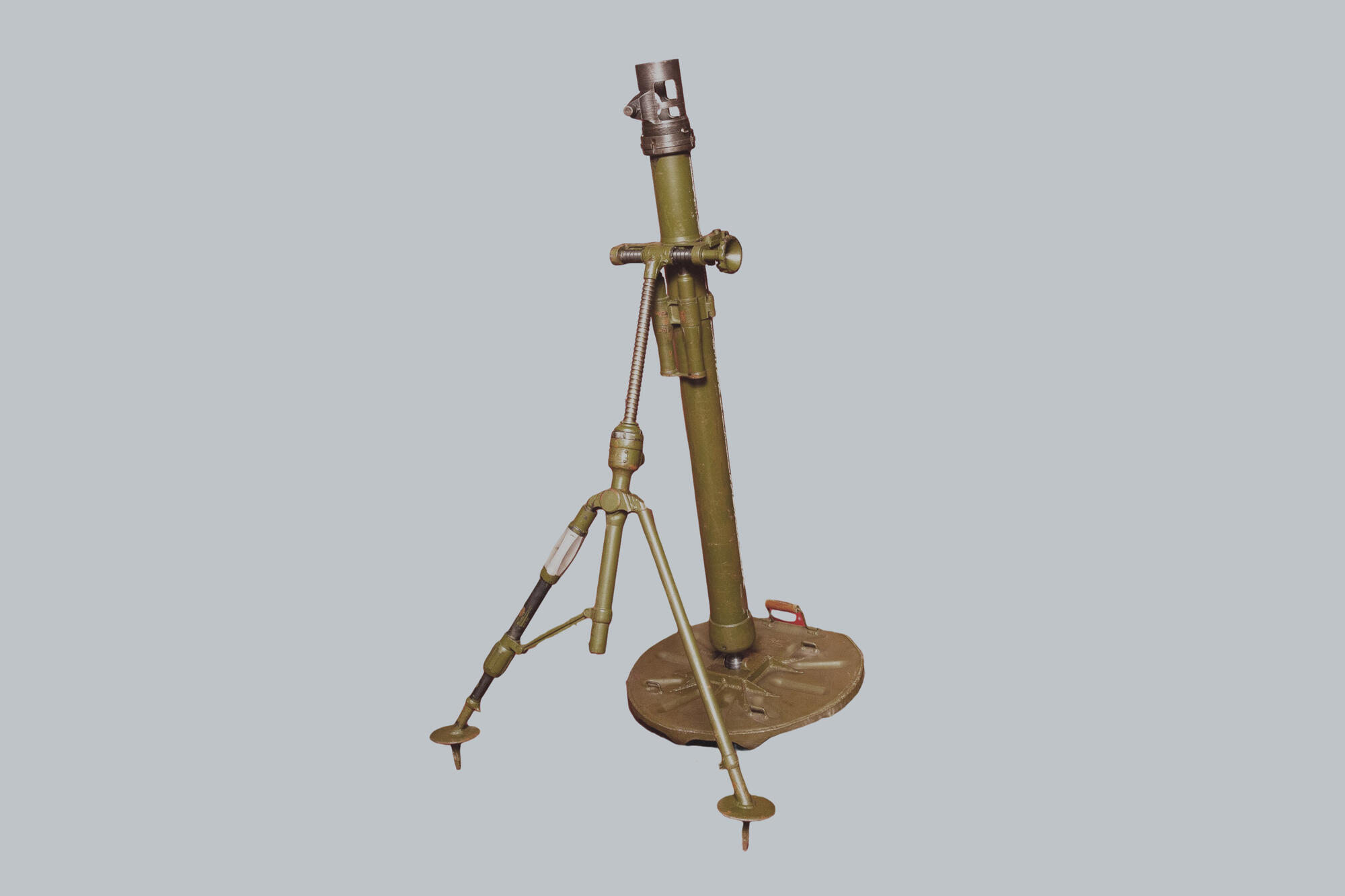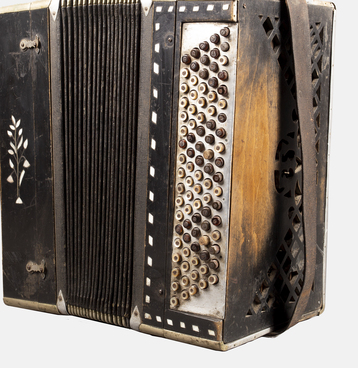The 82-mm mortar of the Great Patriotic War era is a smoothbore tube with a bipod, shock absorber, lifting and turning mechanisms, as well as a sight. The mortar rests on a round plate.
The decision to develop a mortar was made in 1929. The decision was based on comparative tests of various designs, as well as after the examination performed by Soviet military specialists of the 81-mm Brandt mortars (the Brandt mle 27/31 mortars based on the Stokes mortar), which were captured during the fighting on the Chinese Eastern Railway.
The development of a smoothbore mortar for the Red Army was started by a group of designers, headed by the artillery engineer Nikolay Alexandrovich Dorovlyov. He justified the choice of a non-standard caliber by the fact that shells of foreign armies could be used when firing from Soviet mortars, while Soviet artillery shells were not suitable for firing from guns of foreign armies.
In 1931, the first comparative tests were performed, which revealed a number of defects. At the end of the year, the design drawings of the 82-mm mortar were sent to the Artillery Directorate of the Army. Field tests began on June 17, 1933. The gun was adopted in 1936 under the designation “82-mm battalion mortar of the 1936 model” (BM-36).
Work on the design continued. In the Leningrad bureau SKB-4, Boris Ivanovich Shavyrin’s group developed an improved version of the BM-36 mortar. While following the original design scheme, almost all elements were modified to meet the requirements of mass production.
The bureau fitted a new round membrane-type base plate with a side cut, reduced the weight by almost eight kg and the height of the firing pin from 26 to 8 mm, and improved the shock absorber. The gun was adopted under the designation “82-mm battalion mortar of the 1937 model” (BM-37).
Before the Battle of Kursk, the 12th Mortar Brigade was formed, which included the 189th, 201st, 204th and 206th mortar regiments. In three months, the soldiers established a powerful deep defense with engineering structures along the entire line of the Kursk Salient. The brigade joined the battle in the area of Prokhorovka.

